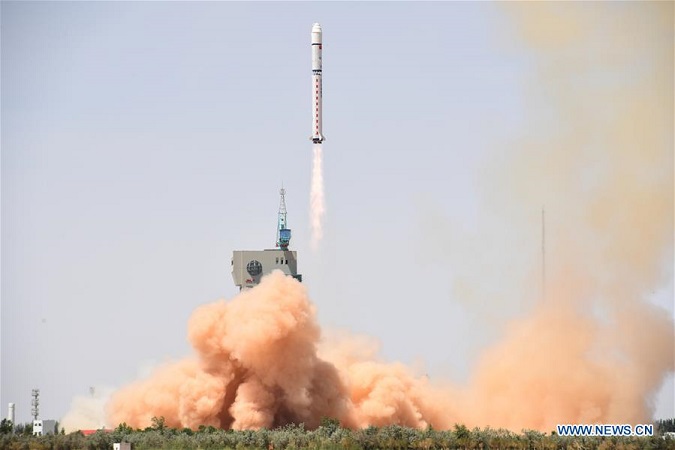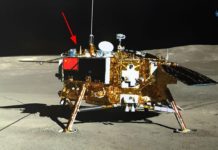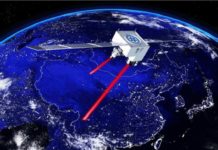On 2 June 2018, at 12:13pm Beijing time (GMT+8), China launched Gaofen-6 (GF-6), an earth observation satellite for agricultural research and disaster monitoring. The launch took place using the Long March 2D, a two-stage rocket that can put 3,500kg into Low Earth Orbit (LEO), from Jiuquan Satellite Launch Center in Inner Mongolia.
GF-6 was developed by the China Aerospace Science and Technology Corporation (CASC), and has a liftoff mass of 1,064 kg and a design life of 8 years. The satellite was built to complement and perhaps replace Gaofen-1, launched in 2013, and will be used mainly for imaging purposes. GF-6 carries a high resolution multispectral imaging camera, as well as a multispectral wide angle camera. As of 5 June 2018, GF-6 has already transmitted images, received at the Miyun station in China.
The Gaofen family of high-resolution Earth Observation satellites are part of the China High-definition Earth Observation System (CHEOS) meant for civilian purposes, with the first satellite, Gaofen-1, having been launched in 2013. So far, 11 Gaofen satellites have been launched, including three additional satellites from the Gaofen-1 series launched in April 2018. Gaofen-7 is expected to be launched this year.
Along with GF-6, the Long March 2D also lofted Luojia-1, a 6U experimental cubesat built by the Wuhan University. The satellite will test the feasibility of a cubesat earth observation constellation, and carries an imager with a 100-m ground resolution.







